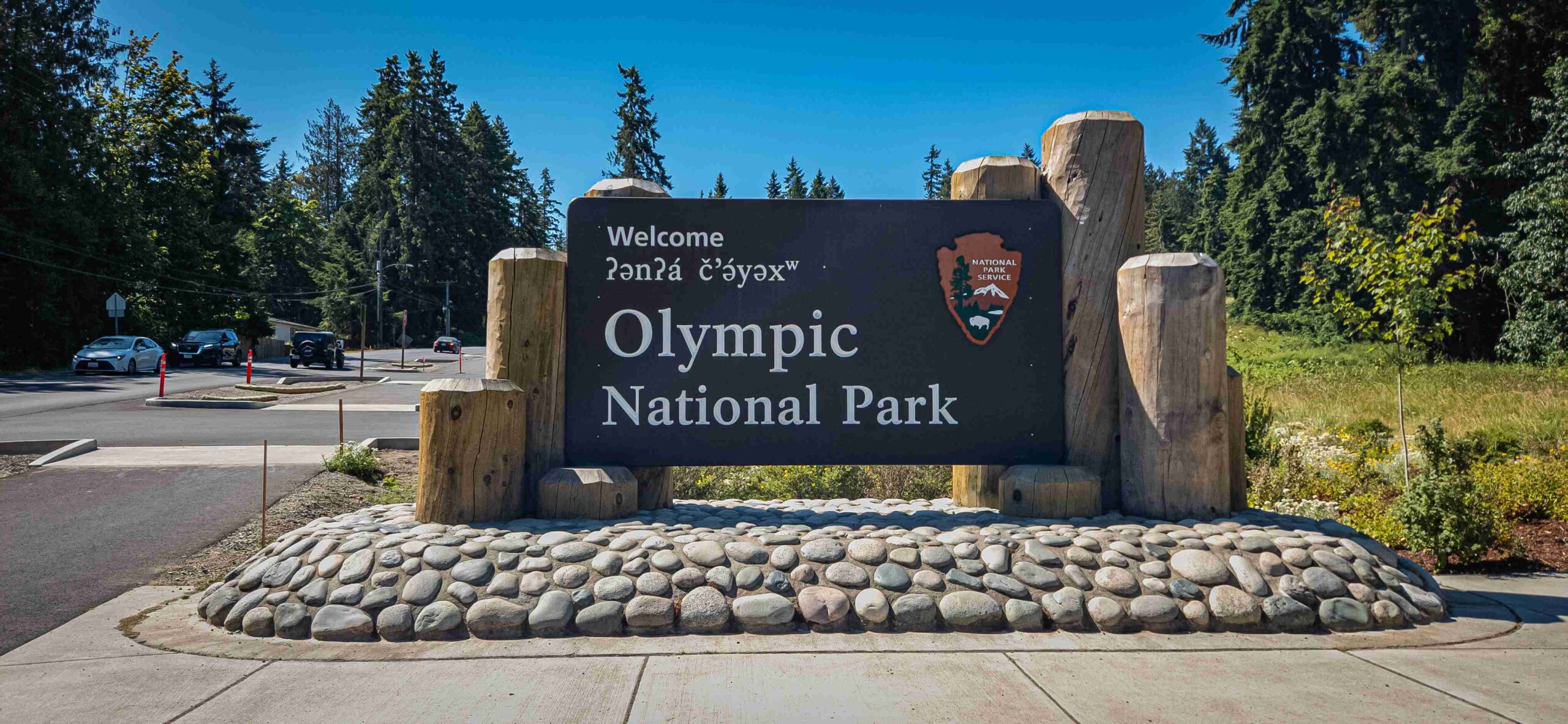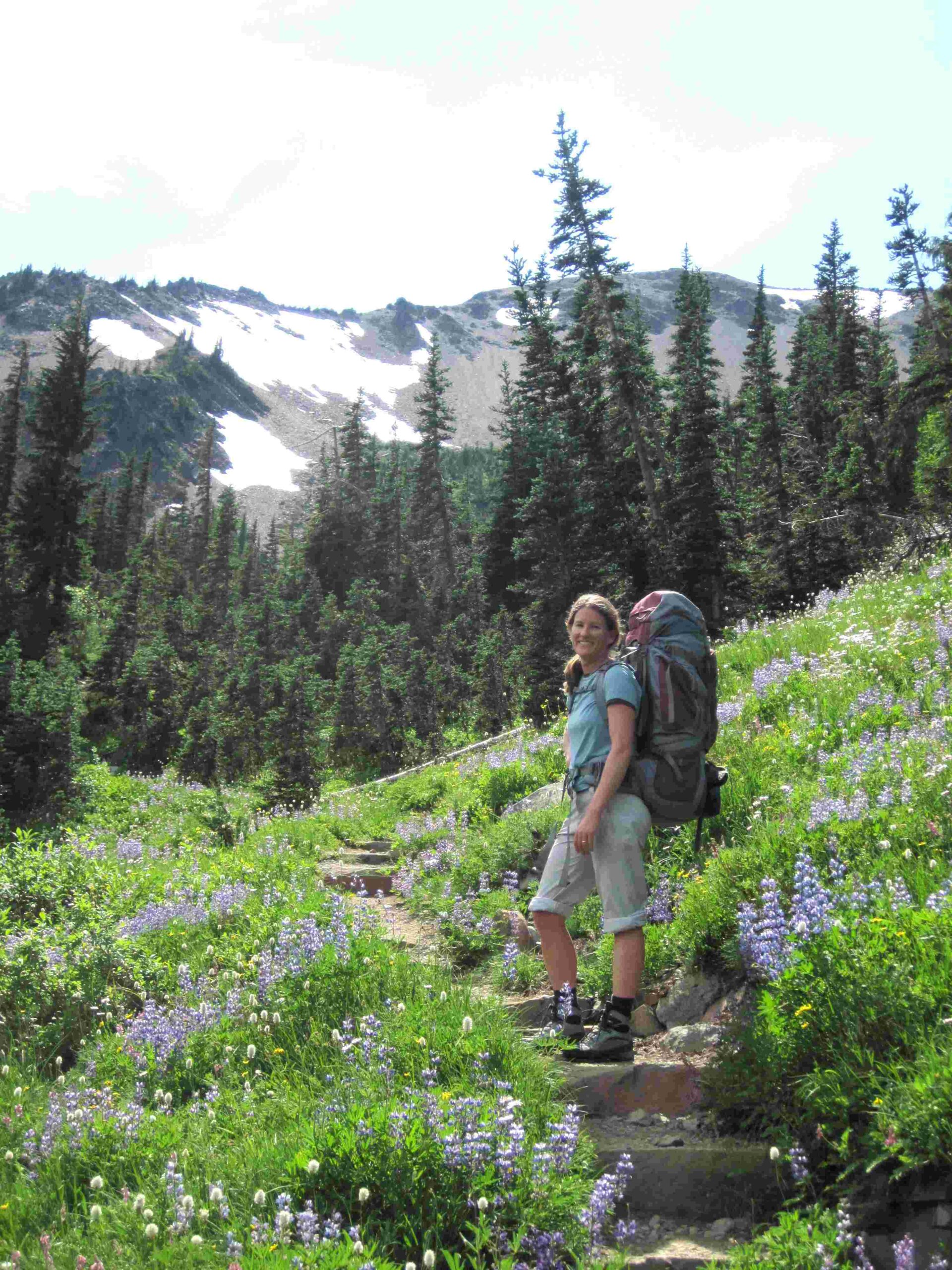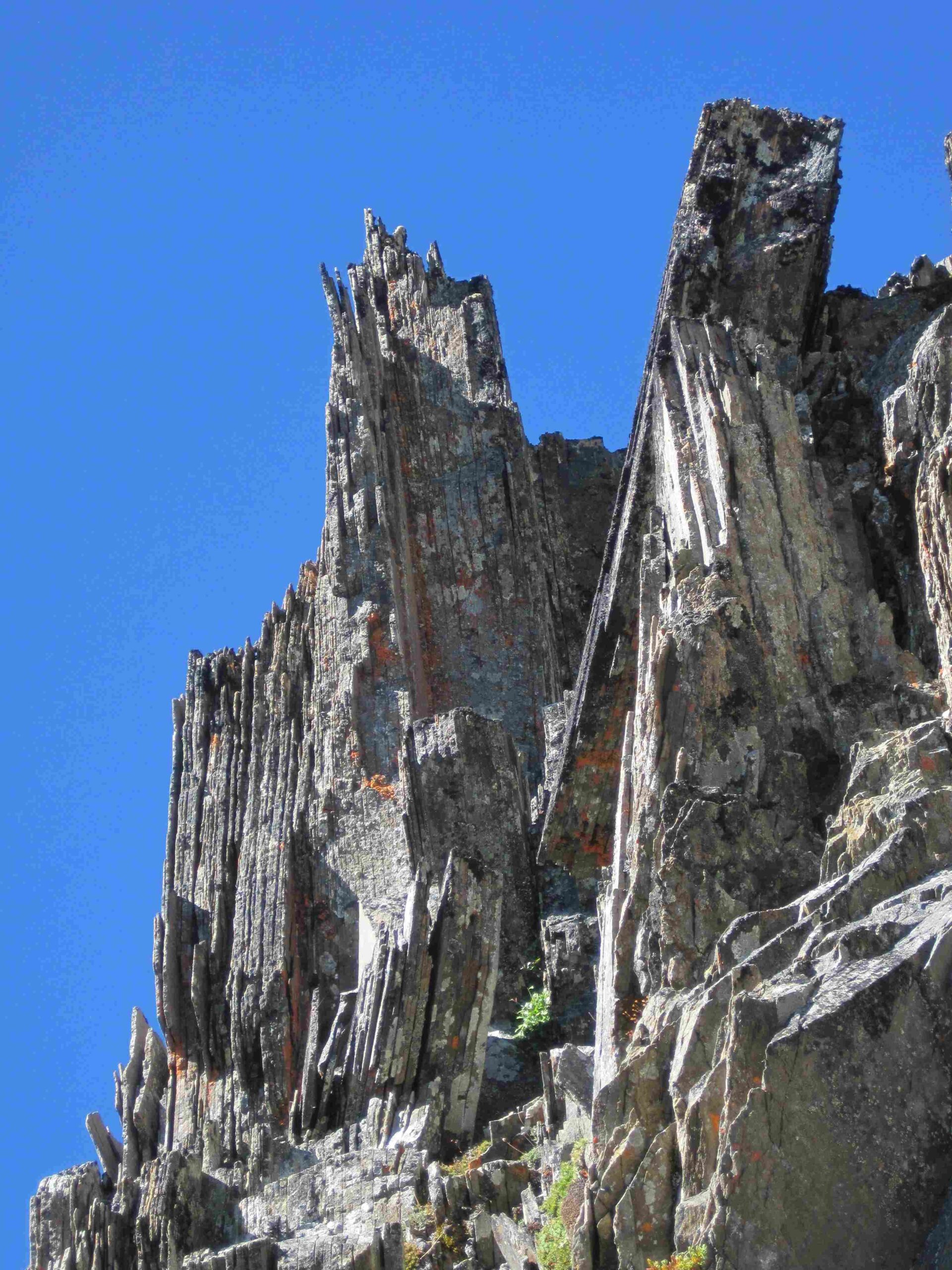Olympic National Park, located in Washington State, is a UNESCO World Heritage Site renowned for its exceptional natural beauty and remarkable diversity. Spanning nearly a million acres, this park encompasses three distinct ecosystems: the rugged Pacific coastline, lush temperate rainforests, and the glaciated Olympic Mountains. With its varied landscapes, abundant wildlife, and rich cultural history, Olympic National Park offers visitors a unique opportunity to explore and experience the wonders of nature in one of America’s most pristine wilderness areas.
What Are the Main Ecosystems in Olympic National Park?

Olympic National Park is home to three primary ecosystems, each offering unique experiences and natural wonders:
- Coastal Ecosystem
- Temperate Rainforest
- Alpine and Subalpine Mountains
Coastal Ecosystem
The coastal ecosystem of Olympic National Park stretches for 73 miles along the Pacific Ocean. This rugged coastline features:
- Sandy beaches
- Rocky headlands
- Dramatic sea stacks
- Rich tidepools teeming with marine life
Visitors can explore popular beaches like Rialto, Kalaloch, and Ruby Beach, or venture to more secluded spots like Shi Shi Beach. Wildlife enthusiasts may spot:
- Gray whales during migration seasons
- Sea otters frolicking in kelp beds
- Bald eagles soaring overhead
Temperate Rainforest
The park’s temperate rainforests, including the famous Hoh Rainforest, receive up to 14 feet of rain annually. These lush, green forests are characterized by:
- Towering old-growth trees, some over 200 feet tall
- Moss-draped branches and nurse logs
- Dense understory vegetation
Key features of the rainforest ecosystem include:
| Feature | Description |
|---|---|
| Dominant Trees | Sitka spruce, Western hemlock, Douglas fir |
| Understory Plants | Ferns, mosses, lichens |
| Wildlife | Roosevelt elk, black bears, marbled murrelets |
Alpine and Subalpine Mountains
The Olympic Mountains form the rugged heart of the park, with Mount Olympus as its crowning peak at 7,980 feet. This ecosystem includes:
- Glaciated peaks and ridges
- Subalpine meadows bursting with wildflowers in summer
- Crystal-clear mountain lakes and streams
Mountain goats, marmots, and black bears are common sights in this high-elevation environment.
What Activities Can Visitors Enjoy in Olympic National Park?

Olympic National Park offers a wide range of activities for visitors of all interests and abilities:
- Hiking and Backpacking
- Wildlife Viewing
- Scenic Drives
- Water Activities
- Winter Recreation
Hiking and Backpacking
With over 600 miles of trails, Olympic National Park is a hiker’s paradise. Some popular hikes include:
- Hurricane Hill Trail (3.2 miles round trip)
- Hall of Mosses Trail in Hoh Rainforest (0.8 miles round trip)
- Hoh River Trail (17.3 miles one way)
For experienced backpackers, the park offers numerous multi-day wilderness routes.
Wildlife Viewing
Olympic National Park is home to diverse wildlife. Visitors may encounter:
- Roosevelt elk in the rainforests and meadows
- Black bears foraging for berries
- Whales and sea lions along the coast
- Over 300 species of birds throughout the park
Scenic Drives
Several scenic drives allow visitors to experience the park’s diversity:
- Hurricane Ridge Road: Offers panoramic views of the Olympic Mountains
- Sol Duc Road: Leads to Sol Duc Falls and hot springs
- Hoh Rain Forest Road: Provides access to the heart of the temperate rainforest
Water Activities
The park’s rivers, lakes, and coastal areas offer various water-based activities:
- Fishing in designated areas (license required)
- Kayaking and canoeing on Lake Crescent
- Tidepooling along the rocky coastline
- Swimming in Lake Crescent or Sol Duc Hot Springs
Winter Recreation
During winter months, visitors can enjoy:
- Snowshoeing and cross-country skiing at Hurricane Ridge
- Winter wildlife viewing
- Storm watching along the coast
How Can Visitors Plan Their Trip to Olympic National Park?
Planning a trip to Olympic National Park involves several considerations:
- Best Time to Visit
- Accommodation Options
- Park Fees and Permits
- Safety Precautions
Best Time to Visit
The best time to visit Olympic National Park depends on your interests:
- Summer (July-August): Ideal for hiking and mountain access, but busiest
- Spring/Fall: Less crowded, good for wildlife viewing and rainforest exploration
- Winter: Best for storm watching and winter sports, but some areas may be inaccessible
Accommodation Options
Olympic National Park offers various accommodation options:
- Campgrounds: 14 campgrounds throughout the park
- Backcountry Camping: Permits required for overnight wilderness stays
- Lodges: Lake Crescent Lodge, Kalaloch Lodge, Sol Duc Hot Springs Resort
- Nearby Towns: Port Angeles, Forks, and Sequim offer additional lodging options
Park Fees and Permits
Visitors to Olympic National Park must pay an entrance fee:
- 7-day pass: $30 per vehicle
- Annual pass: $55
Backcountry permits are required for overnight wilderness camping and can be obtained at visitor centers.
Safety Precautions
When visiting Olympic National Park, remember to:
- Carry the Ten Essentials for hiking and backcountry travel
- Be aware of wildlife and practice proper food storage
- Check tide tables before exploring coastal areas
- Follow Leave No Trace principles to protect the park’s ecosystems
Olympic National Park offers a unique and diverse natural experience, from misty rainforests to rugged mountaintops and wild coastlines. By understanding the park’s ecosystems, available activities, and planning considerations, visitors can make the most of their trip to this remarkable wilderness area.

